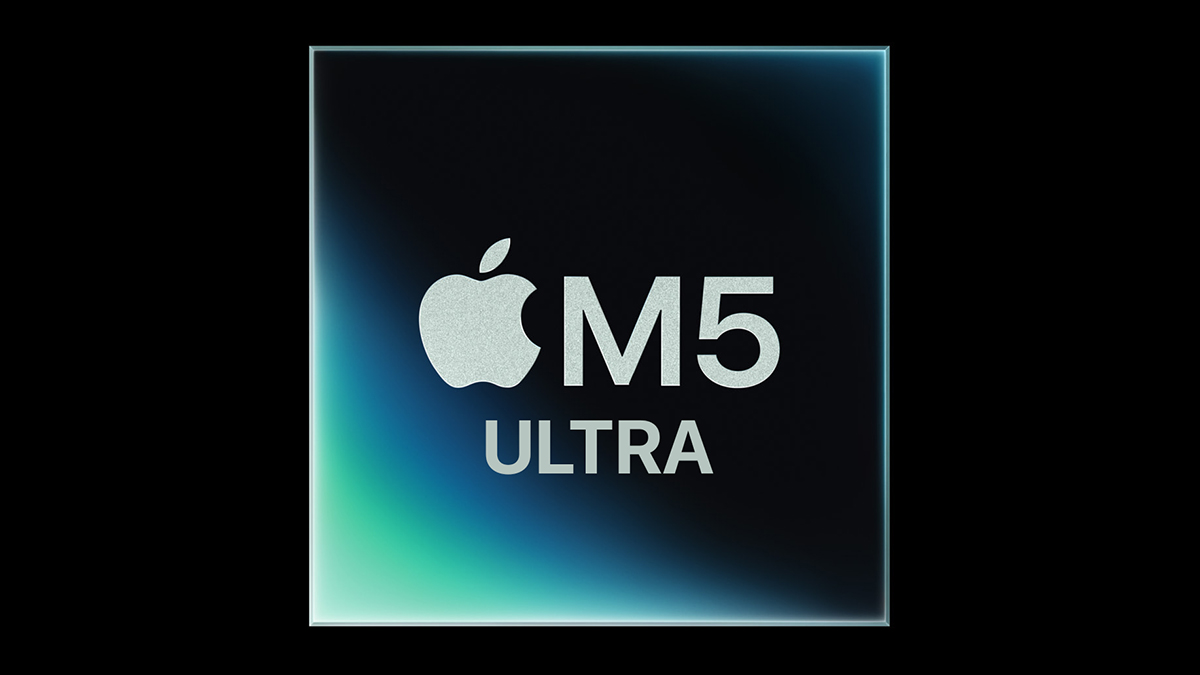Top Stories
Apple Unveils Revolutionary M5 Chip, AI Performance Surges

UPDATE: Apple has just announced its groundbreaking new M5 chip, marking a significant leap in AI and graphics performance. Featured in the latest 14-inch MacBook Pro, new iPad Pro, and upgraded Apple Vision Pro, the M5 is set to redefine computing capabilities.
This new chip, revealed earlier today, boasts a next-generation GPU equipped with Neural Accelerators in each of its ten cores, dramatically enhancing AI computations. With a staggering increase in AI peak computing performance of over 400% compared to the M4, Apple is clearly focusing on bringing advanced on-device intelligence to users.
The M5 chip delivers approximately 15% faster multithreaded performance, enhancing productivity for users globally. With up to 10 cores—four performance and six efficiency cores—the M5 also features a 16-core Neural Engine that maintains its design while expanding processing capacity. The unified memory bandwidth has surged to 153GB/s, representing a 30% improvement over its predecessor.
Built on third-generation 3nm technology, the M5 maintains Apple’s unified memory structure, allowing seamless data transfer between the CPU, GPU, and Neural Engine. This architecture is not only efficient but also significantly reduces latency and power waste.
Gemini, Google’s advanced AI system, predicts an impressive future for Apple’s silicon with the potential M5 Ultra. According to Gemini’s projections, the M5 Ultra could feature up to 24 performance cores, 8 efficiency cores, and 80 GPU cores, along with an astounding 240 billion transistors and 1100GB/s memory bandwidth. This would allow the chip to achieve a jaw-dropping 401,392 points in GPU Metal benchmarks, effectively doubling the performance of the current M3 Ultra.
However, these ambitious projections come with challenges. The estimated power draw for the M5 Ultra could reach 190 watts, potentially exceeding the thermal capacity of existing Mac Studio designs. This raises critical questions about Apple’s ability to balance performance and efficiency, especially as it scales its silicon to fit compact devices.
As Apple continues to push the boundaries of computing power, the challenges of thermal management and power delivery become increasingly significant. The M5 chip marks a critical step in this journey, offering faster AI processing and enhanced graphics for current devices, while the anticipated M5 Ultra raises the stakes for future innovations.
With this latest update, Apple demonstrates its commitment to advancing technology that caters to the needs of developers and users alike. Any future Ultra-class chips, including the M5 Ultra, are expected to yield remarkable performance improvements, but the question remains: how will Apple manage the heat generated by such powerful processors within their sleek designs?
Stay tuned for ongoing coverage on this exciting development. Follow TechRadar for the latest news, reviews, and insights into the world of technology as it unfolds.
-

 Science2 weeks ago
Science2 weeks agoIROS 2025 to Showcase Cutting-Edge Robotics Innovations in China
-

 Politics2 weeks ago
Politics2 weeks agoJudge Considers Dismissal of Chelsea Housing Case Citing AI Flaws
-

 World2 weeks ago
World2 weeks agoBravo Company Veterans Honored with Bronze Medals After 56 Years
-

 Lifestyle2 weeks ago
Lifestyle2 weeks agoStone Island’s Logo Worn by Extremists Sparks Brand Dilemma
-

 Top Stories2 weeks ago
Top Stories2 weeks agoIndonesia Suspends 27,000 Bank Accounts in Online Gambling Crackdown
-

 Health2 weeks ago
Health2 weeks agoStartup Liberate Bio Secures $31 Million for Next-Gen Therapies
-

 Sports2 weeks ago
Sports2 weeks agoMel Kiper Jr. Reveals Top 25 Prospects for 2026 NFL Draft
-

 Health2 weeks ago
Health2 weeks agoTop Hyaluronic Acid Serums for Radiant Skin in 2025
-

 World2 weeks ago
World2 weeks agoHoneywell Predicts Record Demand for Business Jets Over Next Decade
-

 Politics2 weeks ago
Politics2 weeks agoNew Jersey Voters Urged to Register Ahead of November Election
-

 Lifestyle2 weeks ago
Lifestyle2 weeks agoMary Morgan Jackson Crowned Little Miss National Peanut Festival 2025
-

 Sports2 weeks ago
Sports2 weeks agoYamamoto’s Mastery Leads Dodgers to 5-1 Victory in NLCS Game 2









